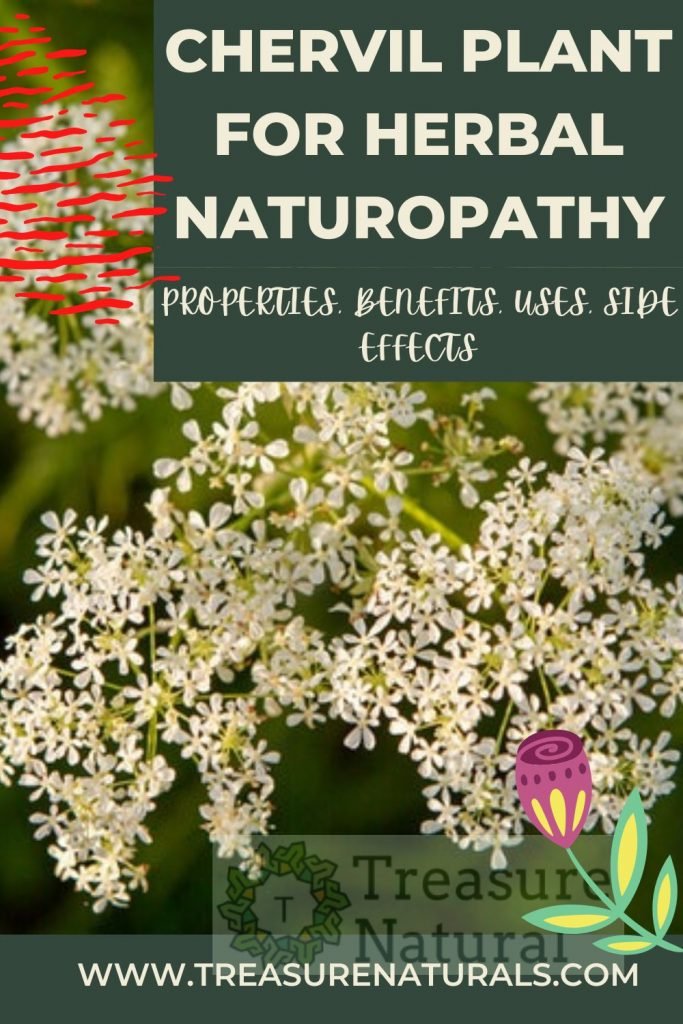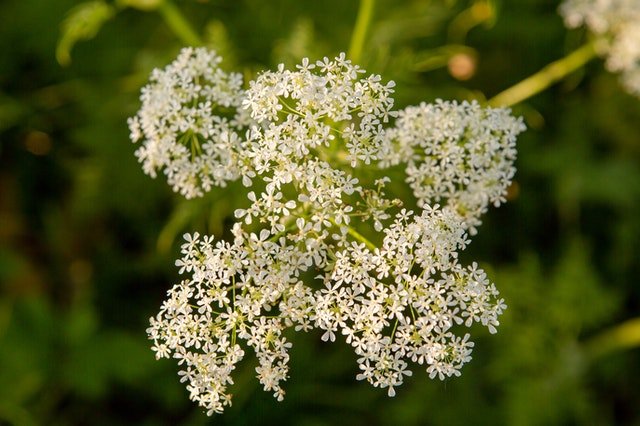
Chervil (Anthriscus cerefolium) is considered a medicinal and aromatic plant. With diuretic and depurative properties, it is useful for the respiratory system and against constipation. Let’s find out better.
Properties of chervil
Among the healing properties of chervil stand out those:
- Depurative and cholagogues: as it promotes the elimination of toxins and the functions of the liver and gallbladder; it is thus beneficial in case of jaundice and hepatic colic.
- Diuretics: which make it indicated in case of water retention and edema, kidney stones, gout and rheumatism.
- Stomachic: as it stimulates gastric secretion, favoring digestion.
- Laxatives: useful against stubborn constipation.
- Antiseptics: it is indicated in diseases of the respiratory system, such as laryngitis and bronchitis, as it reduces inflammation and also helps to calm the cough.
- Anti-inflammatory and soothing: in the form of poultices, it cures hemorrhoids, inflammation of the skin, itching of insect bites, chilblains and small superficial ulcerations.
- Galactofuges: it can be used to make compresses on the breast, where necessary it stops milk production.
Fresh chervil leaves are rich in vitamin C (important for strengthening the immune system and for the production of collagen); carotene (a natural pigment with strong antioxidant activity). Chervil is also rich in mineral salts: iron, essential for the formation of erythrocytes, calcium and magnesium, important for muscles and nerves.
How to use
For aromatic or medicinal use, fresh chervil is used, because the heat would volatize its aroma and active ingredients.
- Infusion of chervil, useful against inflammation of the eyes and throat and against oily skin. Prepare it with fresh leaves kept in infusion for 10 minutes in boiling water (1 teaspoon in a liter). Depurative, digestive and diuretic, if taken between meals
- Chervil poultice, useful against insect bites, bruises, skin ulcers and chilblains. Prepare it with a meal of fresh crushed leaves and applied topically.
- Chervil juice, against chronic inflammation of the eye. It is extracted from fresh chervil and applied in drops (2 drops per eye, 3 times a day).
- Chervil compresses, useful for decongesting the redness of the eyes and for the skin of the face as a face mask.
Contraindications of chervil
Chervil, given its appearance, could be confused with some very toxic umbelliferae (Annthriscus sylvestris or Aethusa cynapium).
Although these plants do not have the same fragrance, it is easy to fall into error. Therefore buy seeds and plants only from guaranteed retailers.
Description of the plant
Chervil (Anthriscus cerefolium), an aromatic annual herb of the Umbelliferae family, has a very delicate aroma that is partly reminiscent of those of basil and anise.
It is on average 40 to 70cm tall and its leaves are rather small and light green, if rubbed they give off a subtle but characteristic scent. The flowers are small and white gathered in an umbrella inflorescence, while the fruits are long and oval diachenes, about 1cm long.
Chervil habitat
Chervil grows wild in Southeast Europe, the Caucasus and the mountains of Western Asia. It is easy to find it in the wild all over Europe. It is now naturalized in the Mediterranean areas to the point that in the woods it grows spontaneously and it is precisely the wild varieties that are the most valuable from an aromatic point of view.
It is a herb that greatly appreciates the Mediterranean climate, prefers cultivation in dim light. A great choice is to plant it under a tree to protect it especially from high summer temperatures.
It is easy to grow even in pots, preferably choosing large and low pots, just disperse in the ground of the seeds and after a few months you can collect the leaves. The only trick is to be careful not to let the seeds go too deep.
Background

The name Anthriscus cerefolium, comes from the Greek anthriskos and the Latin cherifolium. The meaning is discussed: between “hedge flower” or “I rejoice at the smell” in reference to the aroma of its leaves.
Already appreciated by the ancient Romans, in the Middle Ages it was overly esteemed in relation to the real therapeutic properties. It appeared in Europe around the year ‘700 and was introduced into cultivation during the Middle Ages, especially in the gardens of convents.






